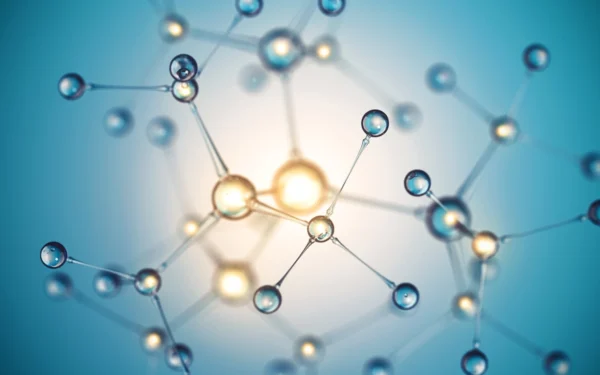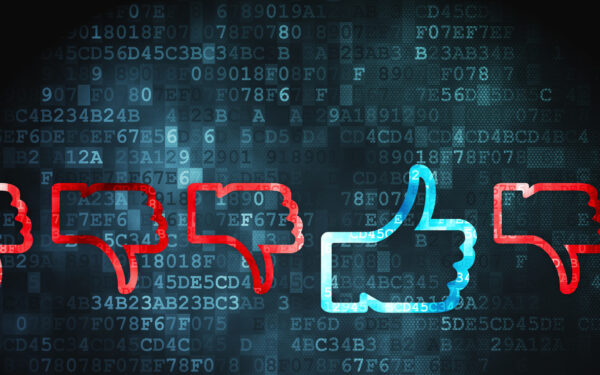

Lab Informatics Resources
Free tools and resources on science-aware™ lab informatics.
Ensuring GLP Compliance: Expert Insights with Sean Blake, Chief Information Officer at Sapio Sciences
1. Why is GLP certification critical for nonclinical and clinical laboratories, and what are the main benefits it brings to scientific research?
GLP certification is vital for ensuring the integrity and reliability of nonclinical and clinical laboratory data, which forms the foundation of regulatory submissions.
In nonclinical settings, it enhances data quality, fosters consistency in research practices, and builds trust with regulatory bodies. The main benefits include improved data traceability, increased operational efficiency, and higher confidence in the study outcomes, which are crucial for advancing scientific research and securing regulatory approvals.
In clinical settings, GLP compliance guarantees the accuracy and consistency of data, which is crucial for patient safety and regulatory approval of new treatments. The benefits include improved data quality, enhanced operational efficiency, and increased trust from regulatory bodies and stakeholders, all of which are vital for advancing scientific research and clinical practices.
2. Can you explain the key differences between ISO/IEC 17025, FDA GLP Compliance, and OECD Principles in terms of GLP certification?
ISO/IEC 17025 focuses on the technical competence of testing and calibration laboratories, emphasizing method validation and calibration. FDA GLP Compliance, governed by 21 CFR Part 58, ensures that nonclinical laboratory studies are conducted with high standards of quality and integrity. OECD Principles of GLP, on the other hand, provide a framework for the quality assurance of laboratory studies internationally, promoting harmonization among member countries. Each standard serves a distinct purpose, addressing specific aspects of laboratory operations and regulatory expectations.
3. What are the most common challenges laboratories face when trying to achieve GLP compliance, and how can they overcome them?
Common challenges include maintaining data integrity, ensuring proper documentation, and managing complex workflows. Laboratories often struggle with the extensive requirements for record-keeping and process standardization. Overcoming these challenges involves implementing robust Laboratory Information Management Systems (LIMS) and Electronic Laboratory Notebooks (ELN), training staff on GLP protocols, and continuously auditing processes to identify and rectify compliance gaps. Leveraging technology to automate and streamline compliance tasks can significantly mitigate these challenges.
4. How does Sapio Sciences’ platform specifically support laboratories in achieving and maintaining GLP compliance?
Sapio Sciences’ platform supports GLP compliance by providing a unified, configurable solution that integrates LIMS and ELN capabilities. Our platform ensures data integrity through comprehensive audit trails, secure data storage, and real-time monitoring. It facilitates the standardization of workflows and documentation, making it easier for laboratories to adhere to GLP requirements. Additionally, the platform’s built-in scientific and AI tools enhance data analysis and reporting, further supporting compliance efforts and improving operational efficiency.
In addition to validating its software (validated to ISPE GAMP 5 standards and complying with 21 CFR Part 11, Annex 11), Sapio has also developed a premium customer validation package for its customers. The package provides access to Sapio’s GxP foundation documentation through a subscription service. A validation starter pack is also available for purchase.
5. What role do LIMS and ELN systems play in ensuring data integrity and quality in a GLP-compliant environment?
LIMS and ELN systems are crucial for maintaining data integrity and quality in a GLP-compliant environment. They provide structured frameworks for capturing, storing, and retrieving data, ensuring that all records are accurate, complete, and easily accessible. These systems automate data capture from instruments, reduce manual entry errors, and maintain comprehensive audit trails, which are essential for traceability and compliance. By centralizing data management, LIMS and ELN systems enhance transparency and consistency, facilitating rigorous adherence to GLP standards.
6. Could you share some real-world examples of how Sapio Sciences has helped laboratories streamline their GLP compliance processes?
One notable example is our collaboration with a leading US pharmaceutical firm that expedites the discovery, early-stage development, and safe manufacture of novel drugs and therapeutics. Our client faced GLP and GCP compliance challenges for its safety assessment division, including in vivo and in vitro testing services to comply with worldwide regulatory requirements. By implementing Sapio’s LIMS and ELN solutions, they were able to standardize their workflows, automate data capture, and ensure comprehensive audit trails. This not only improved their data integrity and reporting accuracy but also significantly reduced the time and effort required for compliance audits. Our platform enabled them to focus more on their core research activities while confidently meeting GLP standards.


